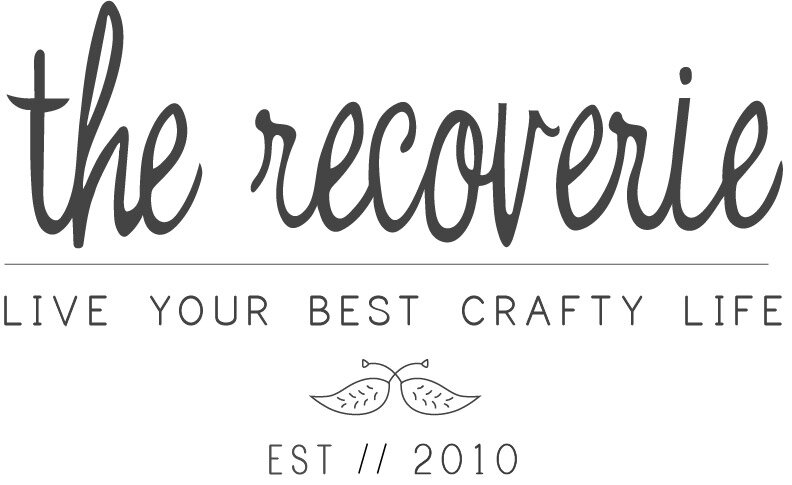How to Design a Repeat Pattern (part 3): Illustrator to Block Print
(This is Part 3 of a 3 part post that goes through my entire design process from inspiration to prepping to block print!
In Part 1 I talked about inspiration and how I first came up with my design.
In Part 2 I showed you how I imported my sketches and turned them into editable vector images to then create a pattern.
In this final section, I’ll teach you how to scale, print, and get your pattern all set up for block printing onto fabric!
So at this point I have pretty much figured out my design and how I want the repeat. Now I just need to make it the right scale and print it out..
…although easier said than done!
To figure out the scale, you need to think about the context of your project.
Are you making this pattern for a specific end product?
For example, if you wanted to use this pattern to only put on tote bags, you could probably make it a smaller scale than if you wanted to put on a large piece of upholstery.
Of course it all depends on how you want it to look. Your design doesn’t have to be proportionate to the size of the project. You can also put tiny designs on large upholstery, but you’ll have to do a lot more printing!
If you decide on a larger scale, printing will go much faster.
If I can’t quite decide on a scale, sometimes I’ll print out a handful of different sizes and compare them. Then I usually can decide pretty quickly.
To figure out the scale, I copy the pattern until it completely fills up the artboard in Adobe Illustrator. Then I group the entire thing together and enlarge or decrease the scale until it’s where I want it.
Step 1:
Step 2:
So above is what it might look like when I’m trying to figure out the scale.
If the artboard (the black rectangle) represents a piece of 8 1/2 x 11” size paper, then the scale of the design is probably a little small for my taste.
It will also take ages to carve, and the smaller you have to carve, the harder it is. So I’m going to enlarge it a bit and lose a few columns to simplify it.
That is still a lot of carving, but I can always simplify it more if I want to.
Now this is the point where you really need to start thinking hard about your repeat and how the whole thing is going to connect.
If you have a design that is a half drop repeat like mine, you have to make sure that whatever part of your design is on the left side of the block is OPPOSITE the design on the right side of the block.
See how the 1st column and the 3rd column are on the same level, and same with the 2nd and 4th?
When you print your drawing, the designs on the left and right side need to be NOT matching like below.
If you are going to be repeating vertically as well, you also need to apply this to the top and bottom areas of your block.
You don’t need to worry about everything in the center of the block! When you’re working with repeat patterns, it’s all about matching up the edges.
This is only for a half drop style repeat though. If you are just printing the design in a straight grid like below, you can ignore this step.
The next step is to decide on how much carving you want to do.
I could choose to carve a few repeats of the pattern (like above) and make a larger size block (which would make printing faster), or I could choose to only carve one or two repeats like below (which means I wouldn’t cover as much fabric as quickly).
The design will end up looking the same either way, but one method will have you carving more, the other will have you printing longer.
I try to make my blocks on the larger side, but it also kind of depends on the scale. It also depends how lazy I am that day :).
After I make all those decisions, I go into the printer menu and center the design so it all prints out onto an 8 1/2 x 11” piece of paper.
If I want to print it out larger it gets a lot more tricky, so if you want to do that I suggest getting it professionally printed on larger scale paper.
Since my printer just prints at a standard size, I print it out regular and just make sure I don’t hit the scale button or let it ‘Fit to page’.
I’ll print it once, then if I need to go back and adjust things I can just go back into the print menu or into Illustrator to edit.
Once I have my final scaled artwork, I double and triple check that everything lines up on all edges before I go to trace and transfer my drawing onto the block.
So that’s ALL the prep work that goes into each one of my patterns!
You can see by the time I get to the actual carving and printing part most of my work is already done. (I just have to keep a steady hand and stay focused.)
Let me know what you think in the comments below <3
<<>>












